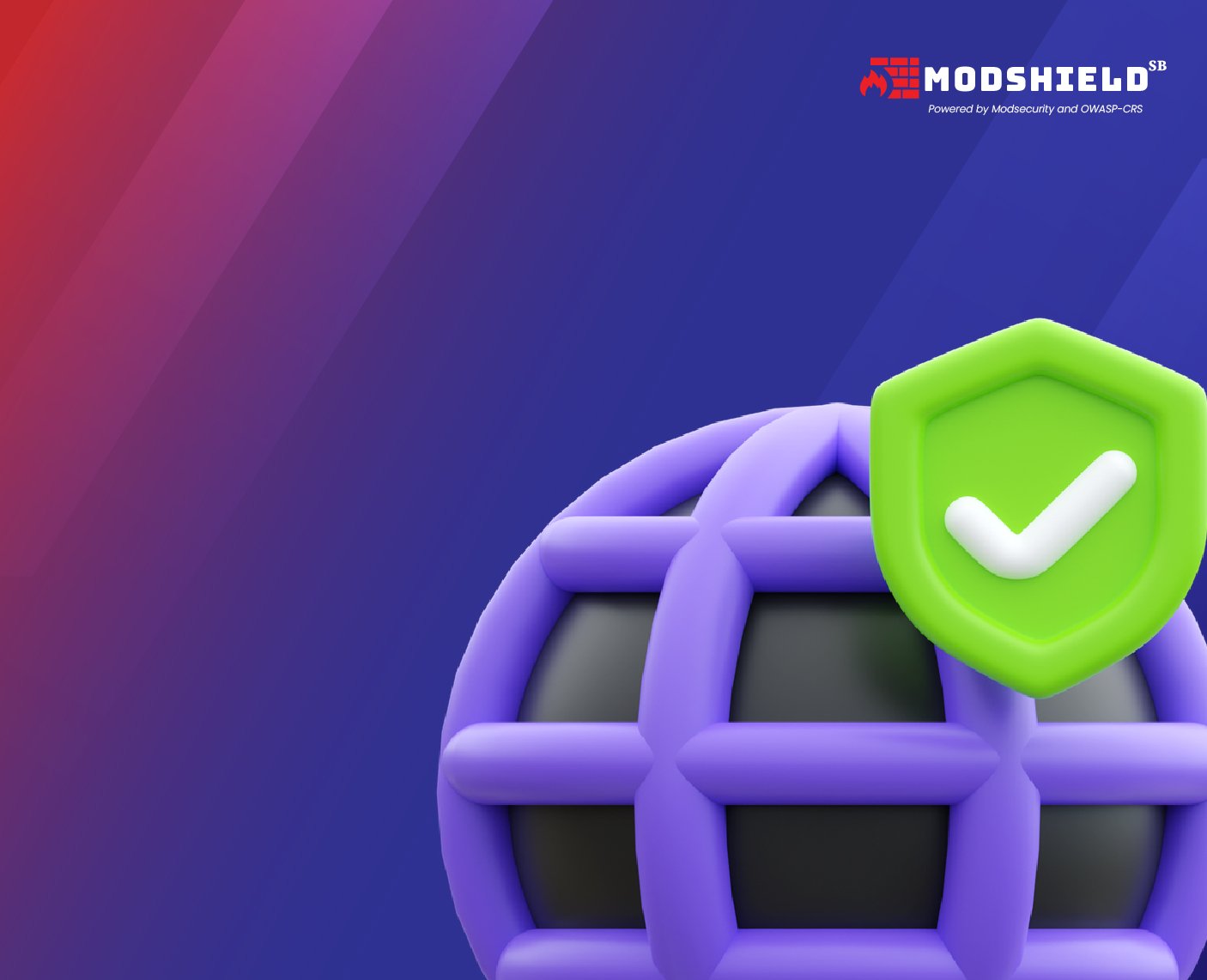Top 5 Reasons Why Your Web application needs a Web Application Firewall (WAF)
Top 5 Reasons Why Your Web application needs a Web Application Firewall (WAF)

Why do you need a WAF?
Websites are the main channel through which most businesses exchange information with customers and stakeholders. Most websites have applications. Every web form, for example, is an application. After entering the login credentials, the application server retrieves user data from the database and displays it on the front end.
Why is it critical to secure your web application or website? Penta Security research shows over 70% of hacking attempts are web-based. Among them, over 90% are directed at web apps, proving that over half of all cyberattacks target web applications.
A study has shown that over 7 million websites found that 94 attacks occur every day. It also said that over 2,608 bots visit the companies’ websites every week. It is estimated that there are 12.8 million infected websites worldwide. This exponential rise in cyber attacks targeted towards websites and web applications implements WAF as a necessity. In this blog, we will look at the top 5 reasons you should implement a WAF for your website or web application.
Five reasons why your website needs a WAF
Adequate protection against cyber attacks
A WAF protects form cyber threats before they reach your website. It prevents uninvited traffic and malicious users from finding and exploiting vulnerabilities on your website by blocking unwanted traffic. In addition, some advanced WAFs can even protect against zero-day threats. Among other dangers, a WAF protects your website from DDoS attacks, SQL injection, cross-site scripting (XSS), business logic, man-in-the-middle attacks, and malware and ransomware.
Ensuring enhanced productivity of your website
WAF protects your computer from spyware, viruses, worms, phishing, cross-site scripting attacks, SQL injection attacks, and other cyber-security threats. Improved website performance and increased security are the results. Furthermore, it protects your network and data from unauthorized access. A WAF can be used as a layer of security over existing firewalls and antivirus software to protect your data and network resources from leakage or being stolen and misused in identity theft.
Efficient Monitoring and Reporting
A WAF helps in ensuring efficient monitoring and reporting for enhanced cybersecurity. A WAF can detect and block malicious activities, such as SQL injections, cross-site scripting attacks and other attacks, by analyzing incoming web traffic before they reach your application. This proactive approach helps prevent data breaches and protects sensitive information.
A WAF provides real-time monitoring and generates detailed reports on web traffic patterns, attack attempts, and security events. These reports enable organizations to identify vulnerabilities, track trends, and make informed decisions to strengthen security posture. With an efficient WAF, you can safeguard your business web applications and maintain a robust cybersecurity framework.
Proactive Secure Mechanism – Geo-blocking, IP blocking, and detecting Botnet attacks
A WAF enhances security measures by geo-blocking, IP blocking, and detecting botnet attacks. It enables geo-blocking by allowing administrators to restrict access to your web applications based on the user’s IP address’s geographical location. This helps prevent unauthorized access to specific regions or countries.
It facilitates IP blocking by allowing administrators to blacklist or whitelist specific IP addresses or ranges, effectively blocking or permitting access to your web application. It employs advanced bot detection techniques, such as analyzing user behavior, monitoring traffic patterns, and implementing CAPTCHA challenges. This is to identify and mitigate botnet attacks. This safeguards your web application from malicious activities. WAF is a robust security layer protecting your web application against various threats.
Stay compliant with regulations
Organizations are legally required to implement proper security measures when dealing with the personal data of customers and third parties. WAF, data encryption, and multifactor authentication are vital components of compliance. CCPA, GDPR, PCI-DSS, and HIPAA compliance are a few of the regulations that require organizations to have proper security measures in place. Organizations can ensure that their systems are secure and that their customer data is protected from malicious actors.
Conclusion
In today’s digital landscape, the security of websites and web applications is paramount. Several key measures can be implemented to minimize the area of attacks and enhance their robustness. Adopting a multi-layered security approach is crucial. This includes implementing robust authentication mechanisms, regularly updating software and plugins, and employing strong firewalls and intrusion detection systems.
Frequent security audits and penetration testing can help identify and address vulnerabilities promptly. Employing secure coding practices and adhering to industry standards such as OWASP can further help build a resilient web application. By prioritizing security measures, organizations can minimize the potential attack surface and ensure the robustness of their websites and web applications.
